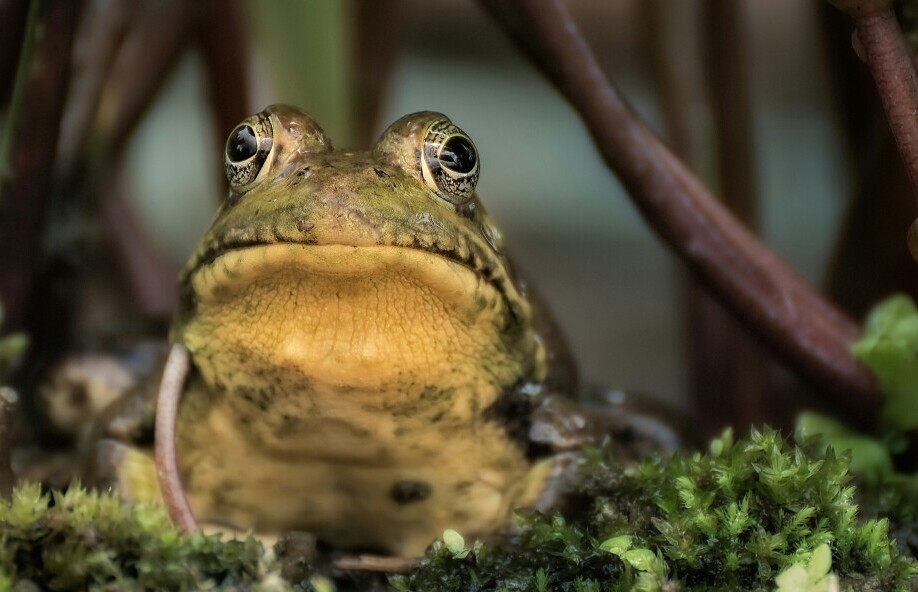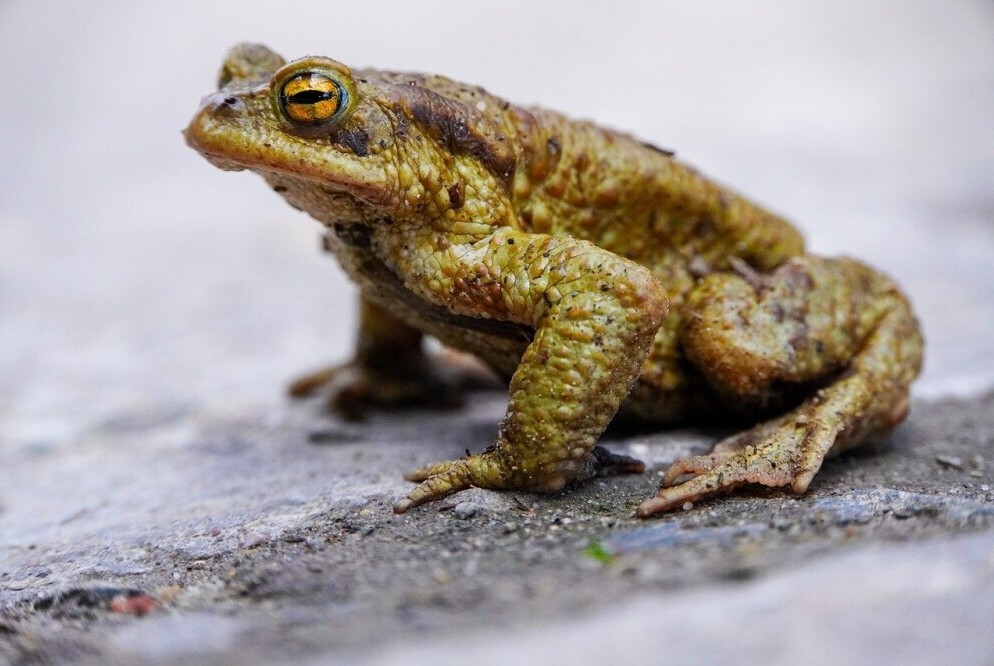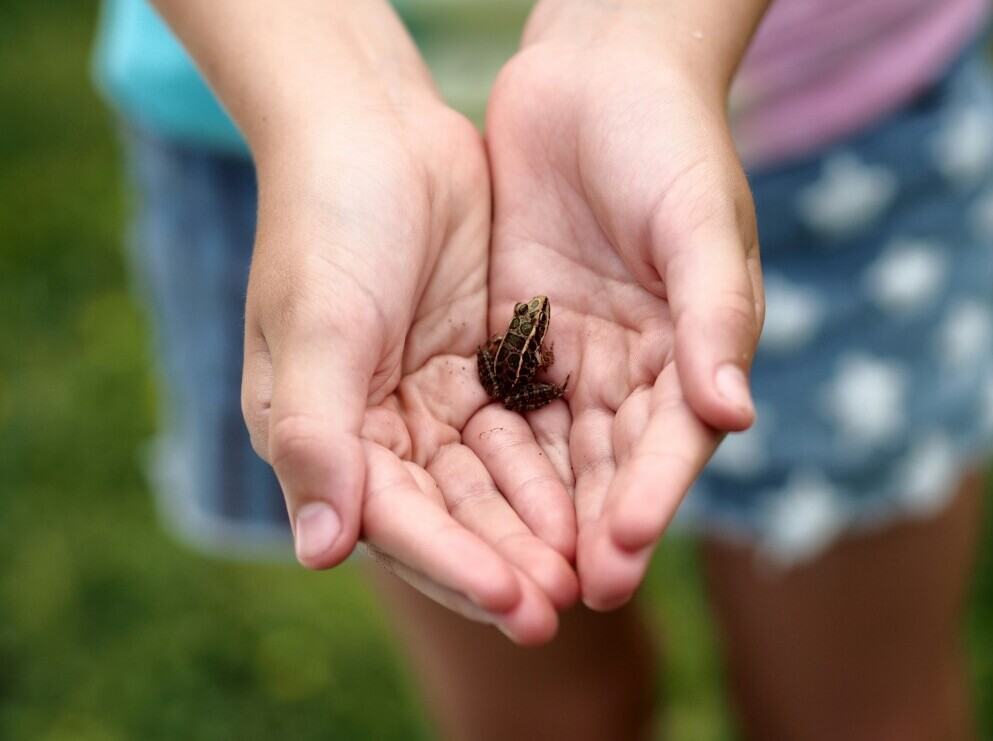Toads and frogs, those cute little hoppers, are some of nature’s coolest amphibians. They belong to the order Anura, which is pretty much a fancy word for saying they’re amphibians without tails. Now, you might think a toad is just a warty frog, right? Well, it’s a bit more complicated than that.

Diving into their scientific classifications, frogs are part of the Ranidae family while toads belong to Bufonidae. It’s like the difference between apples and oranges. Sure, they’re both fruits, but they come with their own quirks and flavors.
Understanding these critters matters because they give us clues about our environment. They’re sensitive to changes like pollution and climate shifts. So, if you see frogs or toads in an area, it’s a good sign that the ecosystem is doing alright.
Both toads and frogs usually prefer moist environments since they need water for breeding. You’ll find frogs chilling around ponds, swamps, and wetlands, while toads are often seen in gardens, forests, and even deserts. Yep, some toads can handle the heat!
Physical Characteristics
Alright, let’s get to the nitty-gritty—how can you tell a toad from a frog just by looking at them? There’s plenty to consider.
First up, skin texture. Frogs generally have smooth, slimy skin that looks like they just came out of the spa. Toads, on the other hand, rock that rugged look with their dry, bumpy skin. It’s like comparing silk to sandpaper.
Body shape is another giveaway. Frogs usually have a leaner, athletic build which makes them fantastic jumpers. Toads are often squat and stocky, built more like little tanks. This difference in build really shows when they’re moving around; frogs leap like they’re auditioning for a dance show while toads prefer a slow and steady walk.
Then we’ve got coloration and patterns. Frogs often sport bright greens, yellows, and some even have gorgeous patterns. This helps them blend into their watery environments or warn off predators. Toads stick to earth tones like brown, gray, or olive, blending into soil and leaf litter. Think camouflage expert vs. attention-grabbing performer.
Don’t forget the legs. Frog legs are long and strong, built for those epic leaps into the water. Toads? Their legs are shorter and stout, perfect for digging and shuffling through dirt. If you catch one in action, you’ll notice frogs are more likely to take a graceful jump, while toads do more of a hop or crawl.

Behavioral Traits
Ever noticed how frogs and toads behave differently? It’s more than just where they hang out or how they look.
Frogs are usually night owls, being most active during the night when they hop around catching bugs. Toads, however, can be seen at all hours. Some toads like a bit of sunbathing during the day and night-hunting.
When it comes to eating, frogs and toads are both opportunistic feeders, chomping down on anything that moves and fits in their mouth. Frogs tend to go for insects, spiders, and small fish. Toads like to snack on beetles, ants, and even garden pests like slugs, making them great garden buddies.
Mating calls are another fascinating aspect. Frogs have a range of calls from deep croaks to high-pitched whistles, and they’ll use these to attract mates or scare off rivals. Toad calls are usually rougher and lower-pitched. Next time you hear ribbiting at night, you might be able to tell who’s who.
Lastly, their defense mechanisms are pretty clever. Frogs might puff up, jump away quickly, or even play dead. Some can secrete toxins from their skin. Toads take it a step further with parotoid glands on their heads that can release a milky poison when they’re threatened. Always remember to wash your hands after handling either!
Habitat and Range
Frogs and toads have quite the adventurous spirit, spreading out over various environments. But where you find them can tell you a lot about their lifestyle.
Frogs usually prefer hanging around water. Think ponds, swamps, marshes, and even rice fields. They need water not just for cooling off, but also for laying eggs. Without a nearby water body, frogs would be somewhat lost. They’re even found in rainforests where the humidity keeps their skin from drying out.
Toads are a bit more adaptable and are seen in gardens, forests, and even deserts. That’s right, some toads have mastered the art of desert living, burrowing underground to escape the heat. While they like moisture, they don’t stick as close to water as frogs do and can thrive in drier environments.
Geographically, frogs and toads are found worldwide. Frogs dominate tropical and subtropical regions, making places like the Amazon their playground. Toads are more widespread, managing to live comfortably from rainforests to arid regions. Wherever they go, they adapt impressively well, which is why you find these critters almost everywhere.
Climate has a huge impact on where these amphibians settle. Frogs need stable, warm, and moist climates, while toads can handle a broader range, from hot deserts to cooler forests. If you’re in a temperate zone, you might see both but under different conditions.
Their ability to adapt to different environments is pretty stellar. Frogs have permeable skin which relies heavily on their surrounding moisture. Toads, with their tough skin, can handle environments that are more demanding. Understanding these habitat preferences can help you spot them in the wild and even create a welcoming space for them in your garden.

Lifespan and Lifecycle
Frogs and toads lead fascinating lives, and their lifecycles tell quite the story. Starting off as eggs, frogs usually lay their eggs in clusters or large masses in water. Toads take a different approach, often laying eggs in long strings. These eggs hatch into tadpoles, and that’s when the magic begins.
For frogs, the tadpole stage is all about swimming and growing fast. Their tadpoles have longer tails and tend to stay in the water until they’re ready to sprout legs. Toad tadpoles, although similar, often transform a bit quicker and can handle more varied water conditions. This metamorphic journey from tadpole to adult is a mind-blowing transformation where they grow legs, absorb their tails, and step out into the world.
In the wild, a frog’s lifespan can range from just a few years to over a decade, depending on the species. Captive frogs often live longer because they’re safe from predators and have consistent food sources. Toads generally have a bit more longevity, with some species living up to 15 years or even longer in captivity. Their hardy nature gives them an edge in the wild, contributing to their long lives.
One fascinating aspect of their lifecycle is parental care, or rather, the lack of it. Frogs and toads typically abandon their eggs once laid. However, some tropical frog species take parental duties seriously, protecting their eggs and even carrying tadpoles on their backs. Toads, too, leave their offspring to thrive on their own, with the strong and hardy surviving the elements.
Understanding their lifecycle stages can be essential if you’re thinking about keeping one as a pet or trying to create a friendly backyard habitat. Providing the right conditions for eggs to develop into healthy adults can be incredibly rewarding. Plus, witnessing their metamorphosis firsthand is a treat for any nature enthusiast.
Conservation Status and Human Interaction
Frogs and toads aren’t just fascinating; they’re vital to their ecosystems. But, like a lot of wildlife, they face significant threats. Habitat loss due to urbanization and deforestation is a massive issue. Wetlands getting drained, forests being cleared for agriculture – all of it impacts these amphibians. Pollution, whether it’s chemicals in the air, soil, or water, can be particularly harsh on them because of their sensitive skin and permeable nature.
Climate change is also a worry. Extreme weather events and changing temperatures affect their breeding patterns and habitats. Rising temperatures can dry up their water sources, and unpredictable weather can make it hard for them to survive.
In terms of their role in the ecosystem, frogs and toads are excellent pest controllers. They munch on insects that can be harmful to crops and gardens. No toads or frogs around? You might see a rise in some pesky bugs. They also serve as prey for birds, snakes, and mammals, keeping the food web balanced.
Many amphibian species are protected due to their declining numbers. Countries and conservation organizations have been stepping up with initiatives aimed at habitat restoration, pollution control, and captive breeding programs. These efforts are crucial, but individual actions matter too.
So what can you do? Start by creating a frog- or toad-friendly space in your garden. Ponds, native plants, and avoiding pesticides can make a big difference. And spreading the word about the importance of these little critters can help generate more support for larger conservation efforts. Every bit helps!
